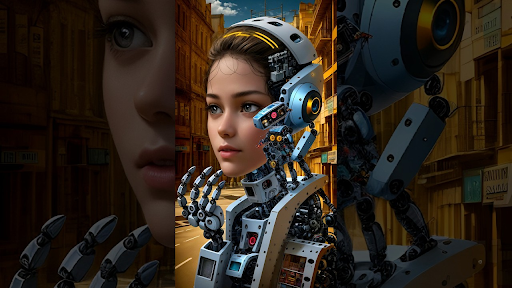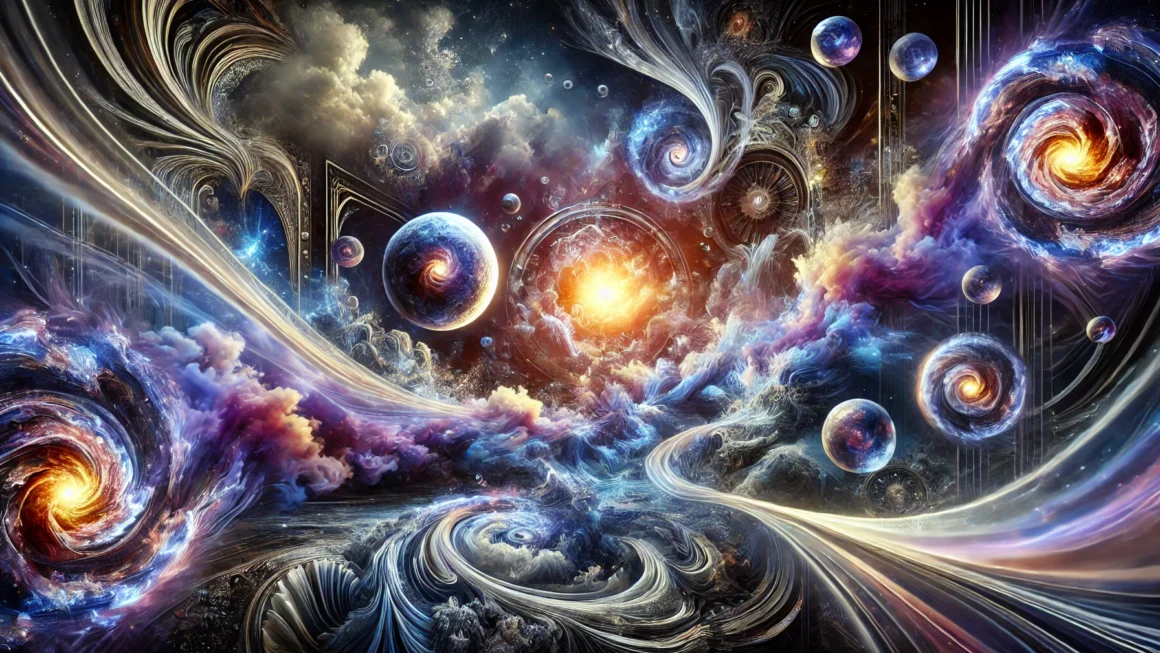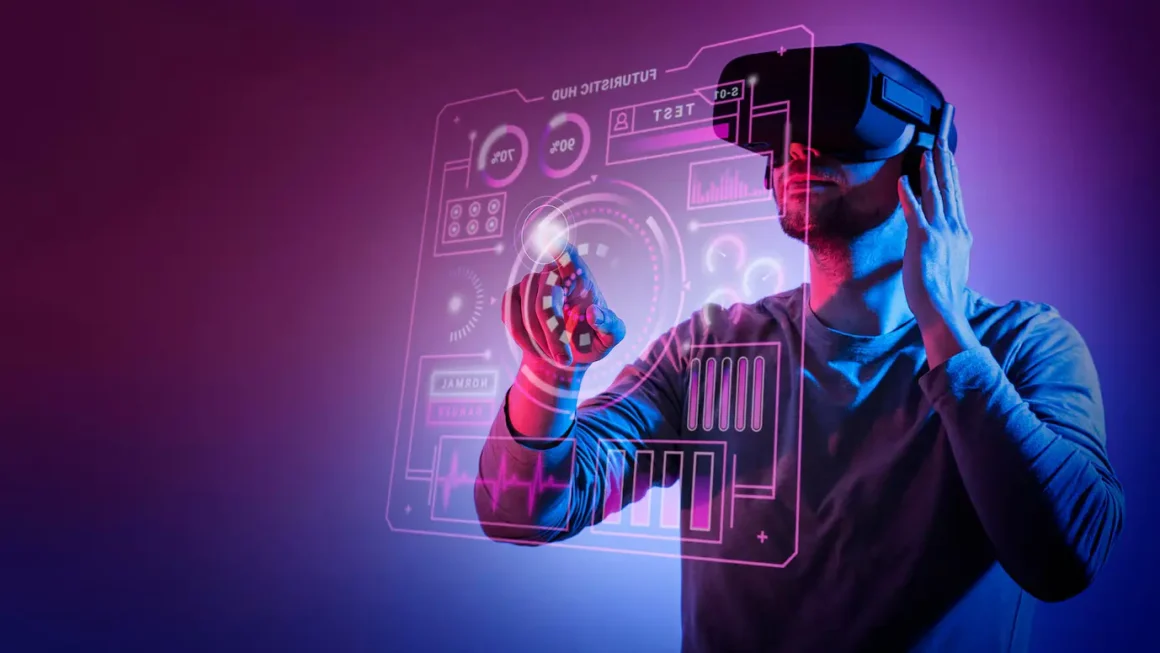Artificial Intelligence (AI) has transformed numerous industries, but its impact on visual content creation is particularly groundbreaking. One of the most exciting advancements is AI’s ability to turn static photos into cinematic videos. This technology is revolutionizing content creation, making it accessible to individuals and businesses alike. From enhancing marketing strategies to enabling creative storytelling, AI-driven tools for image-to-video conversion are shaping the future of digital media.
Understanding AI Image-to-Video Conversion
AI image-to-video conversion is a process where artificial intelligence algorithms analyze static images to create engaging video content. These tools can animate elements, add smooth transitions, synchronize visuals with audio, and even apply dynamic effects. The result is a video that tells a story, captivates viewers, and conveys information more effectively than static images.
With AI image to video tools, users can quickly convert simple photos into dynamic videos without requiring technical expertise or expensive software. This innovation democratizes video creation, allowing anyone to produce professional-grade content.
Applications of AI Image-to-Video Technology
1. Marketing and Advertising
Video content is a cornerstone of modern marketing strategies. Compared to static images, videos capture attention faster and convey messages more effectively. AI-powered tools for image-to-video conversion make it easier for businesses to produce visually appealing promotional content.
For example:
- A business can turn product photos into animated video ads that highlight key features.
- Companies can use AI to add background music, captions, and voiceovers to enhance storytelling.
- Videos created with AI are optimized for social media platforms, ensuring they perform well and engage audiences.
These tools not only save time but also improve the quality and consistency of marketing campaigns. AI social media marketing strategies can further amplify these efforts by analyzing audience behavior and ensuring content is tailored for maximum impact.
2. Social Media Content
Social media thrives on engaging visual content, and AI tools are at the forefront of helping creators meet this demand. Platforms like Instagram, Facebook, and TikTok prioritize videos in their algorithms, making them essential for brands and influencers.
By leveraging AI social media marketing insights, marketers can:
- Create scroll-stopping posts by transforming photos into cinematic videos.
- Use AI-generated videos to tell compelling stories, boosting engagement.
- Analyze performance data to refine their content strategies.
Combining AI insights with image-to-video tools ensures that social media campaigns are not only creative but also data-driven, leading to better results.
3. Personal and Creative Projects
AI image-to-video tools aren’t limited to professional use; they also cater to individuals looking to preserve memories or explore creative hobbies. With user-friendly platforms, anyone can:
- Compile family photos into a heartwarming video montage.
- Add music and effects to create personalized slideshows.
- Transform travel photos into a captivating video diary.
These applications make AI technology accessible for non-technical users, turning complex video creation into a simple and enjoyable process.
Key Features of AI Image-to-Video Tools
The versatility of AI image-to-video tools lies in their advanced features, such as:
- Animation and Transitions
AI can bring still images to life with animations, zoom effects, and seamless transitions, adding depth and movement to otherwise static visuals. - Audio Integration
Users can synchronize their videos with background music, narration, or sound effects, creating a more immersive viewing experience. - Templates and Customization
Pre-designed templates help users get started quickly, while customization options ensure that videos align with specific branding or personal preferences. - Speed and Efficiency
Unlike traditional video editing software, AI tools streamline the process, allowing users to create videos in minutes.
These features empower both professionals and amateurs to produce high-quality content effortlessly.
Benefits of Using AI for Video Creation
The rise of AI in video creation has several advantages, including:
- Cost-Effectiveness: AI tools eliminate the need for expensive equipment or software, making video production affordable for everyone.
- Time-Saving: Automated processes reduce the time required to create videos, allowing creators to focus on other aspects of their projects.
- Accessibility: User-friendly interfaces ensure that even beginners can create professional-looking videos.
- Consistency: AI-generated videos maintain a consistent quality and style, which is essential for branding purposes.
For marketers, combining AI social media marketing strategies with AI-generated videos ensures campaigns are both visually appealing and impactful.
The Future of AI in Content Creation
As AI technology continues to evolve, the potential for innovation in image-to-video conversion is limitless. Some anticipated developments include:
- Enhanced Customization
Future tools may offer more precise controls, enabling users to fine-tune every aspect of their videos. - Realistic Animations
Advanced AI algorithms could create even more lifelike animations, bridging the gap between static and motion content. - Integration with AR and VR
AI-generated videos may eventually be used in augmented and virtual reality experiences, further expanding their applications. - Smarter Content Recommendations
AI will become better at predicting user preferences, suggesting templates, effects, and music that align with specific needs.
These advancements will make AI an indispensable tool for content creators, marketers, and everyday users.
Tips for Getting Started with AI Image-to-Video Conversion
If you’re new to this technology, here are some tips to maximize its potential:
- Choose High-Quality Images: Clear and well-lit photos yield better results when converted into videos.
- Experiment with Templates: Start with pre-designed templates to familiarize yourself with the tool’s features.
- Add Engaging Elements: Incorporate music, text, and transitions to make your videos more dynamic.
- Optimize for Platforms: Customize your videos to suit the requirements of the platforms you’re targeting, such as aspect ratios for Instagram or TikTok.
With these steps, you can create videos that stand out and achieve your desired goals.
Conclusion
The evolution of AI in turning photos into cinematic experiences has revolutionized the way we create and share visual content. Tools for AI image to video conversion simplify the process, making it accessible to everyone, from businesses to individuals. Whether you’re looking to enhance your marketing strategies, boost your social media presence, or explore creative projects, AI offers endless possibilities.
By combining these tools with insights from AI social media marketing, users can create impactful and engaging content that resonates with their audience. As AI continues to advance, the future of video creation is bright, promising even more innovative ways to bring static images to life.




